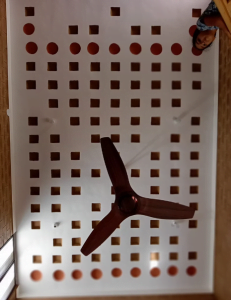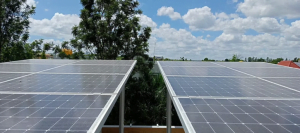Sustainable development has been one of the most talked-about topics of the 21st century. Moreover, nations trying to achieve the sustainable goals as set by the United Nations. There are many individuals who are doing their best to reduce their carbon footprints, a couple from Bengaluru has taken the most significant step toward lowering their carbon footprint. Vani Kannan and her husband Balaji built a house that is completely sustainable.
Here’s how they had achieved it:
-
The Realisation
The couple returned to India from England in 2018 because they wanted their children to be rooted in Indian culture and wanted to help the environment by being sustainable. Shocked by the prices of apartments, they soon found the ideal property. A 2400 sq ft of property with an architect who could sync sustainable development with their dream home.
-
The Design
The architect decided to make the home as modern as possible. He targetted to spend more on labour and less on materials. This way, environmentally friendly materials would be used while employing local artisans.

The Repurposed Teakwood Door Of The House. Image Source: The Better India
-
The Materials
The home’s bricks were made by combining six elements: 7% cement, soil, red mud, steel blast, limestone, and water. While this mixture was used to build the walls, mud blocks were used to build the roof. This eliminated the need for cement. Their doors and windows were made from reclaimed wood.

The Windows And Doors Which Are Made From Repurposed Wood.
Image Source: The Better India
Moreover, they created a filler slab by using scrap keyboards, and coconut shells among others, thereby limiting the use of steel and concrete.

The Ceilings Are Made From Filler Slabs And Jack Arches.
Image Source: The Better India
-
Minimal Resource Use
The architect built the house in a way that a cool breeze would flow continuously and maximum light would enter the house. They have 11 solar panels of 4.8 KW each installed. Due to the solar panels, the couple does not have to pay any electricity bills and they sell the extra electricity produced for Rs 3 per unit. During the monsoon season, the community borewell fills up to provide them with ample water.

The Solar Panels.
Image Source: The Better India
Since they firmly believe in sustainable development, they have purchased a two-acre farm to produce fresh and organic vegetables for their daily consumption.

Their Farm.
Image Source: The Better India
References: The Better India
Featured Image Source: The Better India



















































































